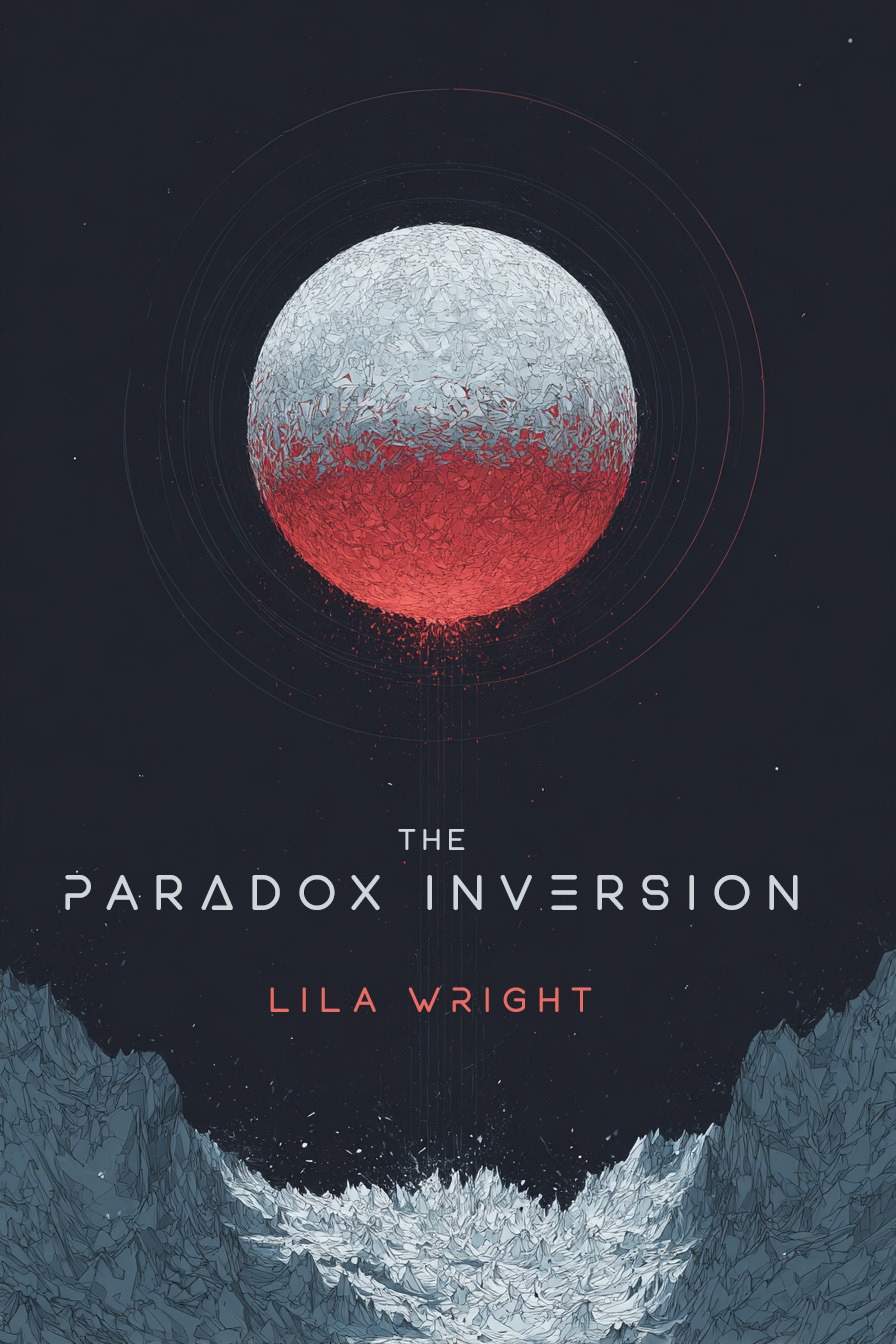Si te gustan las atmósferas pacientes y los sistemas extraños al estilo de Sofia Samatar y los rompecabezas calendáricos de Yoon Ha Lee, esta novela entra bien. La ciudad sobre la línea de penumbra y el Morrow Gate crean un escenario hipnótico, y los detalles como los pájaros de latón y las capillas de sol suman mucho. A veces la narrativa se vuelve densa, con el trabajo de auditoría apagando la tensión, pero cuando aparecen las huellas inversas y la leyenda del Contra-Santo, vuelve el pulso. Tres estrellas por ambición y textura, con reservas sobre el ritmo.
On Illyria-1, a tidally locked exoplanet forever caught between blistering day and frozen night, an abandoned mining scaffold called the Serrin Array rose out of the twilight like an iron forest. In 2106, a breakaway collective known as the Order of the Meridian seized the Array and founded Meridian City along the planet's gloamline, building a life around ritual chronometry, xenobotany, and carefully metered power drawn from a humming artifact they called the Morrow Gate.
By 2169, Dr. Noa Ibarra, a fastidious archivist of temporal phenomena living on the Borealis Ring above Mars, has perfected the art of not being noticed—color-coded files, symmetrical shelves, a life ruled by checklists and decay constants. When magnate-turned-philanthropist Hyram Kade, financier of the Kade Museum of First Exoduses, offers Noa a quiet, well-paid contract to conduct an ethnographic and technical audit of the Order's practices and their rumored "inversion wells," Noa accepts with wary curiosity. Transported via Velode Station to Illyria-1 and ferried across the Skew Basin to the Serrin Array, Noa enters a community of sundial chapels, whisper-net libraries, and children who learn to tell time by the angle of the wind.
Noa's guide is Quill Marin, a Meridian-born engineer with chronal scarification along their forearms and an easy laugh that destabilizes Noa's carefully maintained calm. Quill speaks of the Gate as a wound that sometimes sings; of the first settlers who measured days by the hush of the thermal columns; of the little brass birds—ratcheted automata—that patrol the Array's catwalks. Soon, Noa begins to see impossible reflections: a gloved hand reaching from a corridor that isn't there, frost blooming backward from boot prints, the sensation of being watched by a version of themself half a heartbeat ahead. The visions grow intimate and terrifying, stitched with a low, harmonic thrum from the Morrow Gate.
Just as Noa uncovers memos suggesting that Kade's museum is a front for a private weapons program leveraging the Gate's negative-time gradients, Meridian is struck by a string of vanishings. Workers are found only by their absence, each site marked by a smear of iron filings, hair braided into Möbius knots, and tools bent into perfect circles. Many in the Order blame a figure from their cautionary liturgy—"the Counter-Saint"—a backward-walking pilgrim said to harvest those who step out of the hour. Quill and Noa venture off the safer girders and into the Scarp, a dangerous stretch of twilight industrial ruins populated by charter-free prospectors, archivist pirates from Port Hecate, and wealthy isolationists in pressure domes who buy their weather.
What they find is neither ghost nor god but a feedback catastrophe formed where the Morrow Gate intersects the planet's jetstreamed thermocline: a Paradox Inversion that edits cause and effect, pruning people from the timeline and leaving the world to fold over the cut. To end it, Noa and Quill must choose between giving Kade exactly the data he needs to weaponize the phenomenon, severing Meridian from the Gate forever, or stepping into the inversion together and risking that one of them won't have ever existed. In a world balanced on the thin seam between day and night, the cost of stopping time is paid in lives lived out of order.
